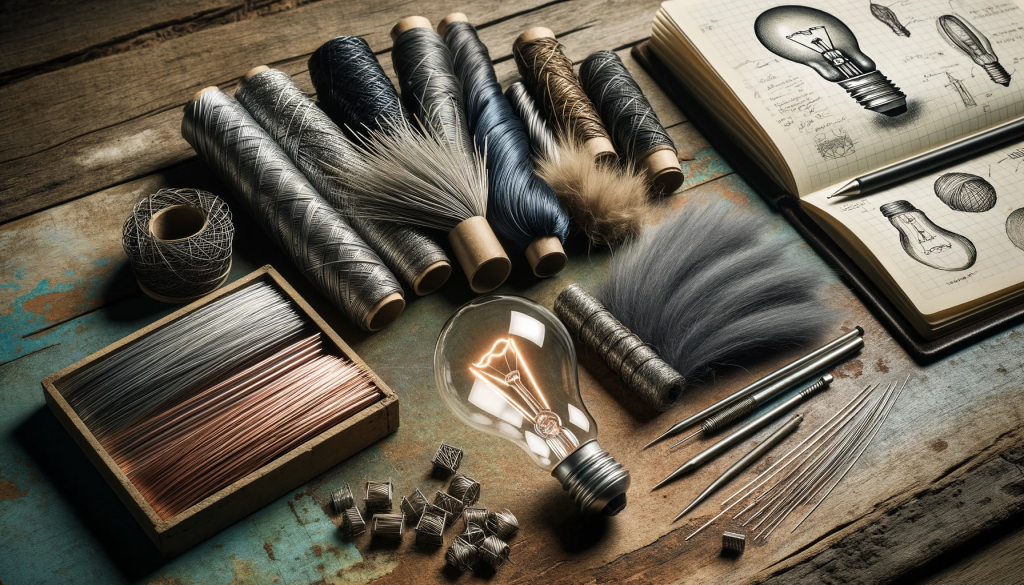You Won’t Believe What Thomas Edison Used From Kyoto to Make Lightbulbs
Thomas Edison’s incandescent lightbulb changed the world, spreading electric lighting across the globe. This groundbreaking invention was made possible in part by an unexpected connection between the famed American inventor and Kyoto, Japan.
Edison found the perfect filament material for his bulbs in the bamboo groves of the ancient city. In gratitude, Kyoto continues to honor Edison to this day.
Edison’s Filament Dilemma
When Edison set out to create a commercially viable electric light in 1878, finding the right filament was a major challenge. This thin piece of material inside the bulb would be heated by electricity to emit light.

Early filaments were problematic – they burned out quickly, conducted too much current, or were prohibitively expensive.
Edison tested over 6,000 materials for his filament, including platinum, beard hair, and bamboo.

In 1880, Edison’s assistant William H. Moore provided samples of bamboo from around Iwashimizu Hachimangu Shrine on Mount Otokoyama in Kyoto. Edison discovered these bamboo filaments allowed his bulbs to burn for over 1,200 hours, a vast improvement.
Kyoto’s Commemoration of Edison

To honor Edison’s achievements and use of their local bamboo, the city of Kyoto erected a monument to the inventor at Iwashimizu Hachimangu in 1934.
When Edison’s daughter visited in 1964, she remarked it was the most impressive memorial to her father she had ever seen, even compared to those in America.
The shrine continues to celebrate Edison to this day. Ceremonies are held on February 11th for his birthday and in mid-October for his death anniversary. These festivities include lighting bamboo lanterns around Edison’s monument.
During WWII, the priest protected the memorial from removal, arguing that science transcends national borders.
Lasting Global Impact

The bamboo from Kyoto enabled Edison to create filaments that burned brightly for over 1,000 hours, allowing electric lighting to become commercially viable. This transformational invention spread rapidly across the globe, changing how people illuminated their homes and cities.
While Edison never visited Kyoto himself, the bamboo from the ancient city proved crucial to his success. In turn, Kyoto commemorates the American inventor to this day for his contributions to science and lightbulb technology. This unique bond reflects the power of collaboration and exchange across cultures to drive human progress.